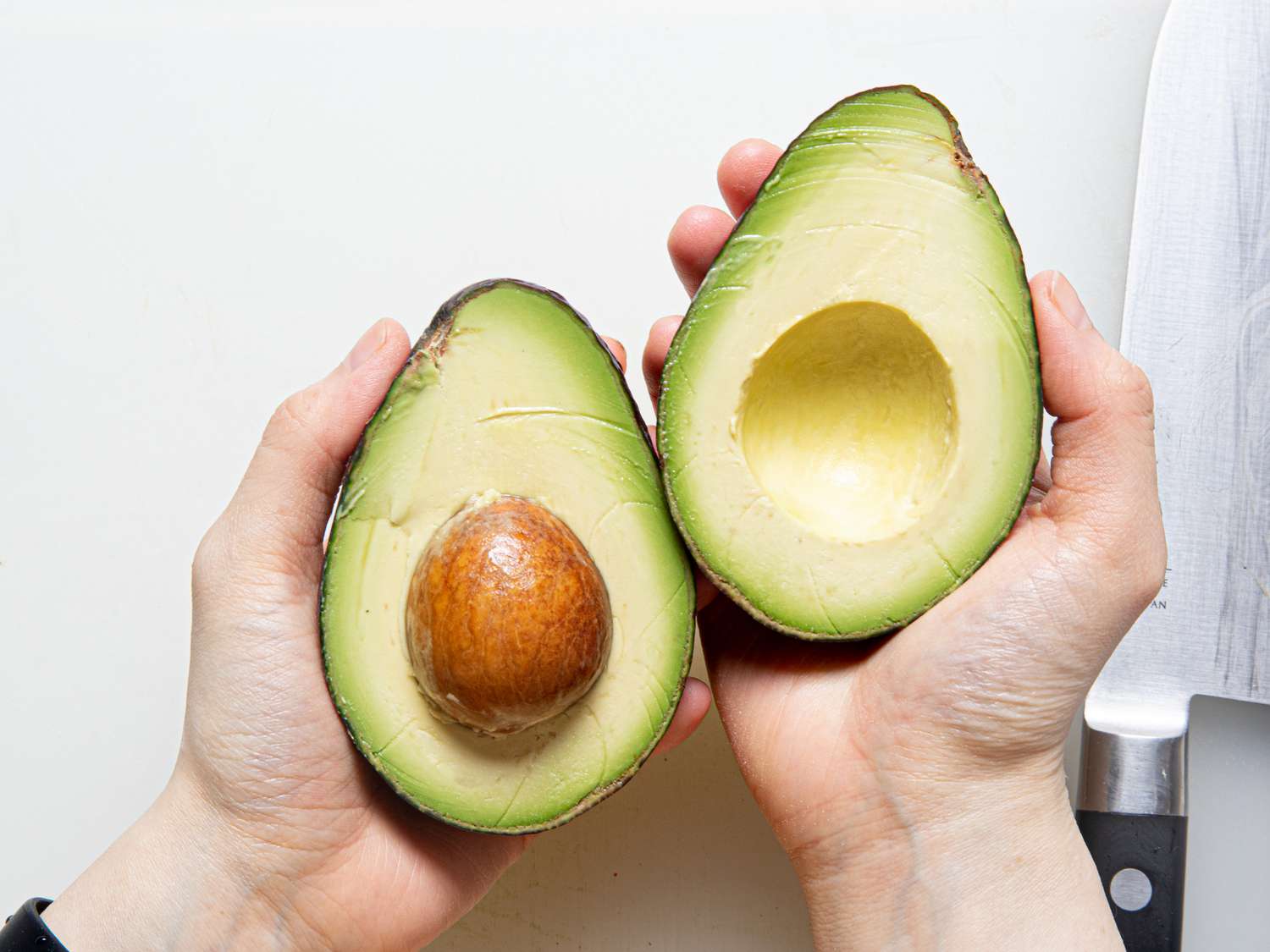

Articles
How To Store Unused Avocado
Modified: February 23, 2024
Learn how to store unused avocados and keep them fresh for longer with these helpful articles.
(Many of the links in this article redirect to a specific reviewed product. Your purchase of these products through affiliate links helps to generate commission for Storables.com, at no extra cost. Learn more)
Introduction
Avocados have quickly become a beloved and versatile fruit in many households around the world. Whether it’s adding a creamy texture to salads, making delicious guacamole, or being spread onto toast, avocados are not only delicious but also packed with essential nutrients.
However, there are times when we find ourselves with leftover avocado that we want to save for later use. It’s no secret that avocados can quickly turn brown and lose their freshness if not stored properly. So, knowing how to store unused avocados becomes crucial to prevent waste and make the most of every avocado you purchase.
Key Takeaways:
- Properly storing unused avocados can save money, reduce waste, and ensure optimal freshness for future use. Avoid common mistakes and follow best methods to enjoy creamy avocados at your convenience.
- Brushing avocado halves with citrus juice, storing mashed avocado in airtight containers, and ripening whole avocados in paper bags are effective methods to extend their shelf life. Avoiding exposure to air and refrigerating ripe avocados are key to preserving their freshness.
Read more: How To Store Unused Paint
Why store unused avocado?
Storing unused avocado not only helps you save money by reducing food waste, but it also allows you to enjoy the fruit at your convenience. Instead of throwing away the remaining avocado, you can preserve its freshness and taste for later use, ensuring that you always have a supply of avocado available for your favorite recipes.
What you should avoid when storing avocado
Before delving into the best methods for storing unused avocado, let’s take a moment to understand what practices to avoid. By avoiding these common mistakes, you can ensure that your avocado remains fresh and appetizing for longer:
- Avoid leaving the pit in the avocado half: The popular belief that leaving the pit in the avocado prevents it from browning is a myth. In reality, the pit has minimal effect on oxidation and can even increase the chances of browning by limiting contact with other preservation methods.
- Avoid using plastic wrap or bags: While wrapping an avocado tightly with plastic wrap or storing it in a plastic bag might seem like a good idea, it can actually trap moisture and promote rotting.
- Avoid exposure to air: Oxidation is the leading cause of browning in avocados. Exposing the fruit to air accelerates this process, so it’s important to minimize contact with air as much as possible.
Best methods for storing unused avocado
Now that we understand what not to do, let’s explore the best methods for storing unused avocado:
Key Takeaways:
- Properly storing unused avocados can save money, reduce waste, and ensure optimal freshness for future use. Avoid common mistakes and follow best methods to enjoy creamy avocados at your convenience.
- Brushing avocado halves with citrus juice, storing mashed avocado in airtight containers, and ripening whole avocados in paper bags are effective methods to extend their shelf life. Avoiding exposure to air and refrigerating ripe avocados are key to preserving their freshness.
Read more: How To Store Unused Paint
Why store unused avocado?
When you buy a perfectly ripe avocado, it can be tempting to use it all at once. However, there are times when you may have leftover avocado that you want to save for later use. Storing unused avocado helps reduce waste and allows you to enjoy the fruit at its freshest for a longer period of time.
Avocados are highly perishable and can quickly turn brown and lose their flavor and texture if not stored properly. By learning how to store unused avocado effectively, you can extend its shelf life and maximize its potential.
Here are a few reasons why storing unused avocado is a good idea:
Read more: How To Store Unused Caulk
1. Save money:
Avocados can be quite expensive, especially if they are not in season. When you have leftover avocado, storing it allows you to make the most of your investment instead of throwing it away. By avoiding unnecessary waste, you can save money in the long run.
2. Convenient for future use:
Having stored avocado means that you always have some on hand for future recipes or snacks. Whether you want to add a slice to your sandwich, make guacamole, or whip up a smoothie, having stored avocado readily available makes it convenient and saves you time and effort.
3. Enjoy optimal freshness:
A freshly cut avocado can be stored to maintain its freshness and avoid it from turning brown. By storing unused avocado properly, you can enjoy the same great taste and texture when you use it later. This is especially important when you only need a small portion of the fruit for a recipe and want to save the rest.
4. Reduce food waste:
Food waste is a significant issue worldwide. By storing unused avocado, you are making a conscious effort to reduce food waste and contribute towards a more sustainable environment. Instead of throwing away perfectly good avocado, you can store it properly and enjoy it later, helping to minimize your overall food waste.
Overall, storing unused avocado is a practical and beneficial practice. It allows you to save money, enjoy convenience, maintain optimal freshness, and contribute to reducing food waste. Now that you understand the importance of storing unused avocado, let’s explore the best methods to ensure its longevity.
What you should avoid when storing avocado
When it comes to storing avocados, there are certain practices that you should avoid to prevent them from spoiling and maintain their quality. By avoiding these common mistakes, you can ensure that your avocados stay fresh and delicious for longer:
- Avoid leaving the pit in the avocado half: It is a popular belief that leaving the pit in the avocado prevents it from browning. However, this is nothing more than a myth. The pit has minimal effect on oxidation and can even increase the chances of browning by limiting contact with other preservation methods. Therefore, it is best to remove the pit before storing your avocados.
- Avoid using plastic wrap or bags: While it may seem like a good idea to tightly wrap an avocado with plastic wrap or store it in a plastic bag, this can actually trap moisture and promote rotting. Plastic wrap does not allow the avocado to breathe and can create an environment that encourages decay. It is best to avoid plastic wrap and opt for alternative storage methods.
- Avoid exposure to air: Oxidation is the main culprit behind avocado browning. When the flesh of an avocado comes into contact with air, it reacts with oxygen and turns brown. Therefore, it is important to minimize the avocado’s exposure to air as much as possible. Leaving large surface areas exposed will increase the likelihood of browning. Instead, cover the avocado tightly to limit its contact with air.
- Avoid refrigerating unripe avocados: If you have unripe avocados, it is best to keep them at room temperature until they are ripe. Refrigerating unripe avocados can slow down the ripening process and make them take longer to become soft and ready to eat. Once they are ripe, you can move them to the refrigerator to extend their shelf life.
By avoiding these common mistakes, you can ensure that your stored avocados stay fresh and vibrant for longer periods. Now that you know what not to do when storing avocados, let’s explore the best methods for preserving their freshness and taste.
Best methods for storing unused avocado
When it comes to storing unused avocados, there are a few effective methods that can help preserve their freshness and prevent them from turning brown. By following these best practices, you can make the most out of your avocados and enjoy them at a later time:
Method 1: Storing avocado halves
If you have a leftover avocado half that you want to save, the key is to minimize its exposure to air. Here’s how:
- Brush the exposed flesh of the avocado half with lemon or lime juice. The citric acid acts as a natural preservative and helps slow down the browning process.
- Place the avocado half in an airtight container and press a piece of plastic wrap directly onto the surface of the flesh, ensuring there is no air trapped inside.
- Store the container in the refrigerator. The cold temperature will further slow down the browning process and help keep the avocado fresh for a few days.
Method 2: Storing mashed avocado
Mashed avocado can be stored for later use in various recipes. To maintain its freshness and prevent browning, follow these steps:
- Add a teaspoon of lemon or lime juice to every half-cup of mashed avocado. Mix it well to ensure the citric acid is evenly distributed.
- Transfer the mashed avocado into an airtight container and smooth the surface of the avocado to remove any air pockets.
- Place a layer of plastic wrap directly onto the surface of the mashed avocado, creating a seal that prevents air from reaching the avocado.
- Seal the container tightly and refrigerate it. The mashed avocado should stay fresh for up to two days.
Read more: How To Store Unused Refrigerator
Method 3: Storing whole uncut avocado
If you have a whole avocado that you want to store for later use, follow these steps:
- Place the uncut avocado in a paper bag with an apple, banana, or tomato. These fruits release ethylene gas, which helps speed up the ripening process.
- Close the paper bag and leave it at room temperature until the avocado reaches your desired ripeness.
- Once the avocado is ripe, transfer it to the refrigerator to slow down the ripening process and extend its shelf life. An uncut avocado can stay fresh in the refrigerator for up to a week.
By following these methods, you can store unused avocados and ensure that they remain fresh and delicious for longer. Remember to choose the method that best suits your needs and enjoy your avocados at their best whenever you’re ready to use them.
Method 1: Storing avocado halves
If you have a leftover avocado half that you want to save for later use, it’s essential to store it properly to prevent browning and maintain its freshness. Here’s a step-by-step guide on how to store avocado halves:
- Start by brushing the exposed flesh of the avocado half with either lemon or lime juice. The citric acid in the juice acts as a natural preservative and helps slow down the oxidation process that causes the avocado to turn brown.
- Next, place the avocado half in an airtight container, cut-side down. This helps reduce air exposure and prevents additional browning.
- If the avocado half is particularly large or doesn’t fit in the container, you can wrap it tightly with plastic wrap instead. Make sure the plastic wrap is pressed directly onto the surface of the avocado flesh to create an airtight seal.
- Close the container or wrap the avocado tightly and store it in the refrigerator. The cool temperature will further slow down the browning process and help keep the avocado fresh.
It’s important to note that storing avocado halves will only keep them fresh for a limited time. Ideally, you should use the stored avocado within a day or two to enjoy its optimal taste and texture.
If you only need a small portion of the avocado half for a recipe, you can also consider using the other method of storing mashed avocado mentioned earlier. Mashed avocado retains its freshness better than halves since the entire surface area is covered, minimizing exposure to air.
By following this simple method, you can store avocado halves and enjoy their creamy goodness even when you only need a portion. This way, you can reduce food waste and make the most out of every avocado you purchase.
Method 2: Storing mashed avocado
Mashed avocado is a versatile ingredient that can be used in various recipes, such as dips, spreads, and even as a substitute for butter or mayonnaise. If you have leftover mashed avocado that you want to save for later use, proper storage is key to maintaining its freshness and preventing browning. Here’s a step-by-step guide on how to store mashed avocado:
- Add a teaspoon of lemon or lime juice to every half-cup of mashed avocado. The citric acid in the juice helps prevent oxidation and slows down the browning process.
- Thoroughly mix the lemon or lime juice into the mashed avocado until it’s well incorporated.
- Transfer the mashed avocado into an airtight container, leaving some headspace for expansion.
- Smooth the surface of the mashed avocado to remove any air pockets.
- Place a layer of plastic wrap directly onto the surface of the mashed avocado, ensuring it makes contact with the entire exposed area. This creates a barrier that prevents air from reaching the avocado and causing browning.
- Seal the container tightly with a lid, ensuring it’s airtight.
- Refrigerate the container with the mashed avocado. The cold temperature of the refrigerator slows down enzymatic activity and helps maintain the freshness of the avocado.
Stored this way, mashed avocado should stay fresh for up to two days in the refrigerator. Remember to use a clean spoon or utensil when scooping out the desired amount of mashed avocado to avoid introducing bacteria or other contaminants that may shorten its shelf life.
When you’re ready to use the stored mashed avocado, simply remove it from the refrigerator, remove the plastic wrap, and give it a quick stir before incorporating it into your desired recipe.
By following this method, you can store mashed avocado and have it readily available for whenever you need its creamy goodness. It’s an excellent way to avoid wasting any leftovers and enjoy the convenience of having mashed avocado on hand for your culinary creations.
Store unused avocado by wrapping it tightly in plastic wrap, ensuring no air can reach the flesh. Place it in the refrigerator to slow down the ripening process and extend its shelf life.
Method 3: Storing whole uncut avocado
If you have whole uncut avocados that you want to store for future use, there is a process you can follow to ensure they stay fresh and ripe. Here is a step-by-step guide on how to store whole uncut avocados:
- Start by selecting avocados that are firm but not overly ripe. If they are too ripe, they may spoil quickly.
- Place the uncut avocados in a paper bag. If you don’t have a paper bag, you can use newspaper or a brown paper sack as an alternative.
- Adding an apple, banana, or tomato to the bag can help speed up the ripening process. These fruits produce ethylene gas, a natural hormone that promotes ripening in certain fruits, including avocados.
- Close the paper bag tightly, allowing some air circulation while retaining the generated ethylene gas.
- Leave the bag at room temperature, away from direct sunlight. The avocados should ripen within a few days, depending on their initial ripeness level.
- Check the avocados daily to monitor their ripeness. Gently press them with your fingertips to check for softness. Once they reach your desired level of ripeness, it’s time to store them.
- Transfer the ripe avocados to the refrigerator to slow down the ripening process. This is especially important if you don’t plan to use them immediately.
Remember that storing whole uncut avocados in the refrigerator will keep them fresh for a longer period. It’s important to note that refrigeration can halt the ripening process, so it’s best to store uncut avocados in the refrigerator once they reach your preferred level of ripeness.
Stored properly, whole uncut avocados can stay fresh in the refrigerator for up to a week or even longer, depending on their initial ripeness and quality.
When you’re ready to use the stored avocado, remove it from the refrigerator and allow it to come to room temperature before cutting into it. This will ensure that the flesh is easier to work with and will help retain its creamy texture and flavor.
By following this method, you can store whole uncut avocados and have ripe ones readily available whenever you’re ready to enjoy them. This way, you can have perfectly ripened avocados for salads, sandwiches, or any recipe that calls for their creamy goodness.
Read more: How To Store Unused Spam
Conclusion
Knowing how to properly store unused avocados is essential to prevent wastage and ensure that you can enjoy the fruit at its freshest. By following the best methods for storing avocado halves, mashed avocado, and whole uncut avocados, you can extend their shelf life and maximize their potential for later use.
When storing avocado halves, remember to brush the exposed flesh with lemon or lime juice to slow down oxidation, then place them in an airtight container or wrap them tightly with plastic wrap. Refrigeration will further help preserve their freshness.
Mashed avocado can be stored by adding lemon or lime juice to prevent browning, transferring it into an airtight container, and covering the surface with plastic wrap. Keep it refrigerated and use it within a couple of days for the best results.
For whole uncut avocados, use a paper bag and place an apple, banana, or tomato inside to speed up the ripening process. Once they reach the desired level of ripeness, transfer them to the refrigerator to extend their shelf life.
Remember to avoid common mistakes such as leaving the pit in avocado halves, using plastic wrap or bags, and exposing the flesh to air, as these practices can promote browning and spoilage.
By following these proper storage methods, you can reduce food waste, save money, and have avocado readily available for your favorite recipes. Whether you’re enjoying a delicious avocado toast, making a refreshing guacamole, or adding slices to your salad, you can savor the creamy goodness of avocados at your convenience.
So, the next time you find yourself with unused avocado, don’t let it go to waste. Store it properly following the methods outlined here, and enjoy the benefits of fresh and flavorful avocados for days to come.
Frequently Asked Questions about How To Store Unused Avocado
Was this page helpful?
At Storables.com, we guarantee accurate and reliable information. Our content, validated by Expert Board Contributors, is crafted following stringent Editorial Policies. We're committed to providing you with well-researched, expert-backed insights for all your informational needs.
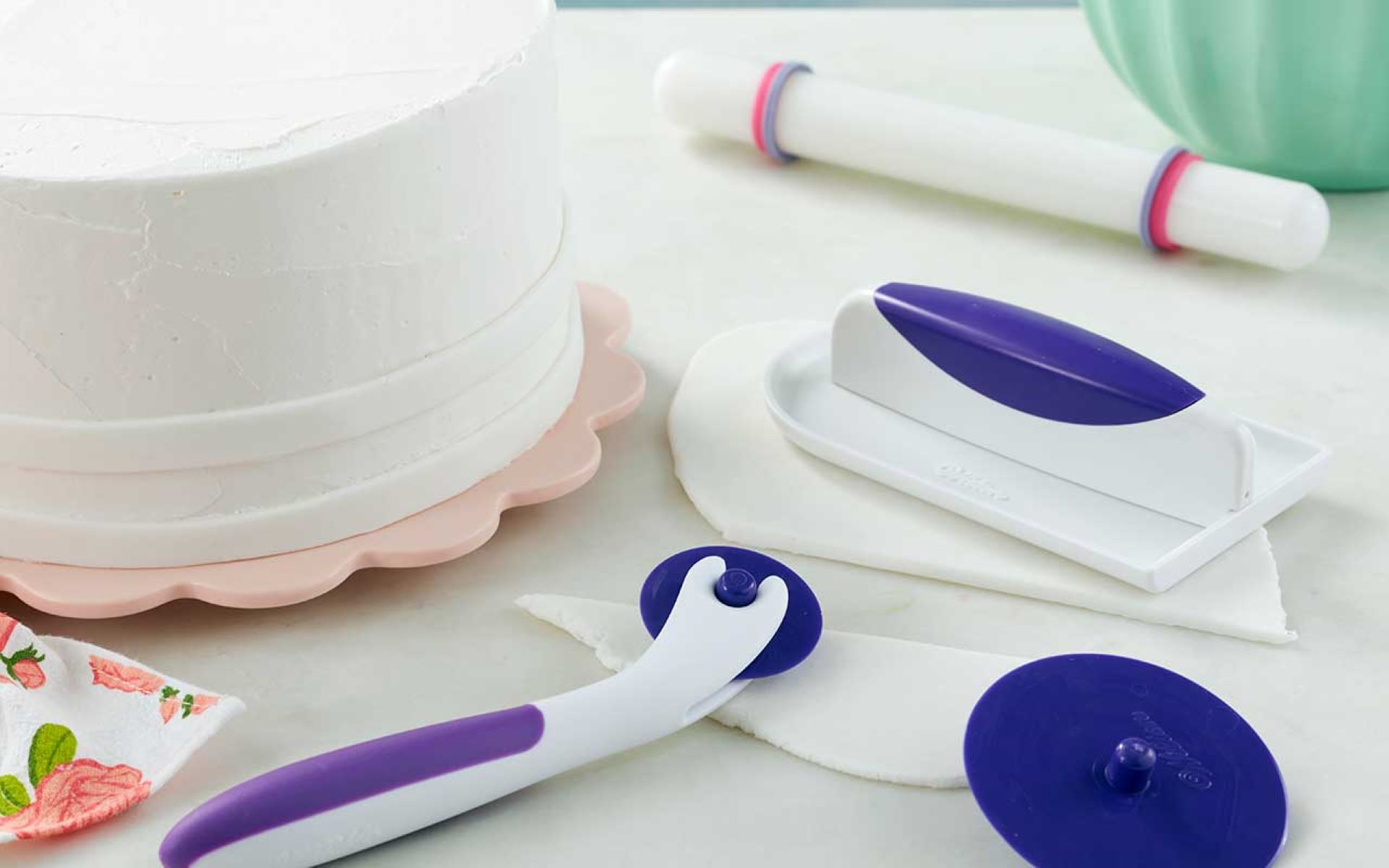
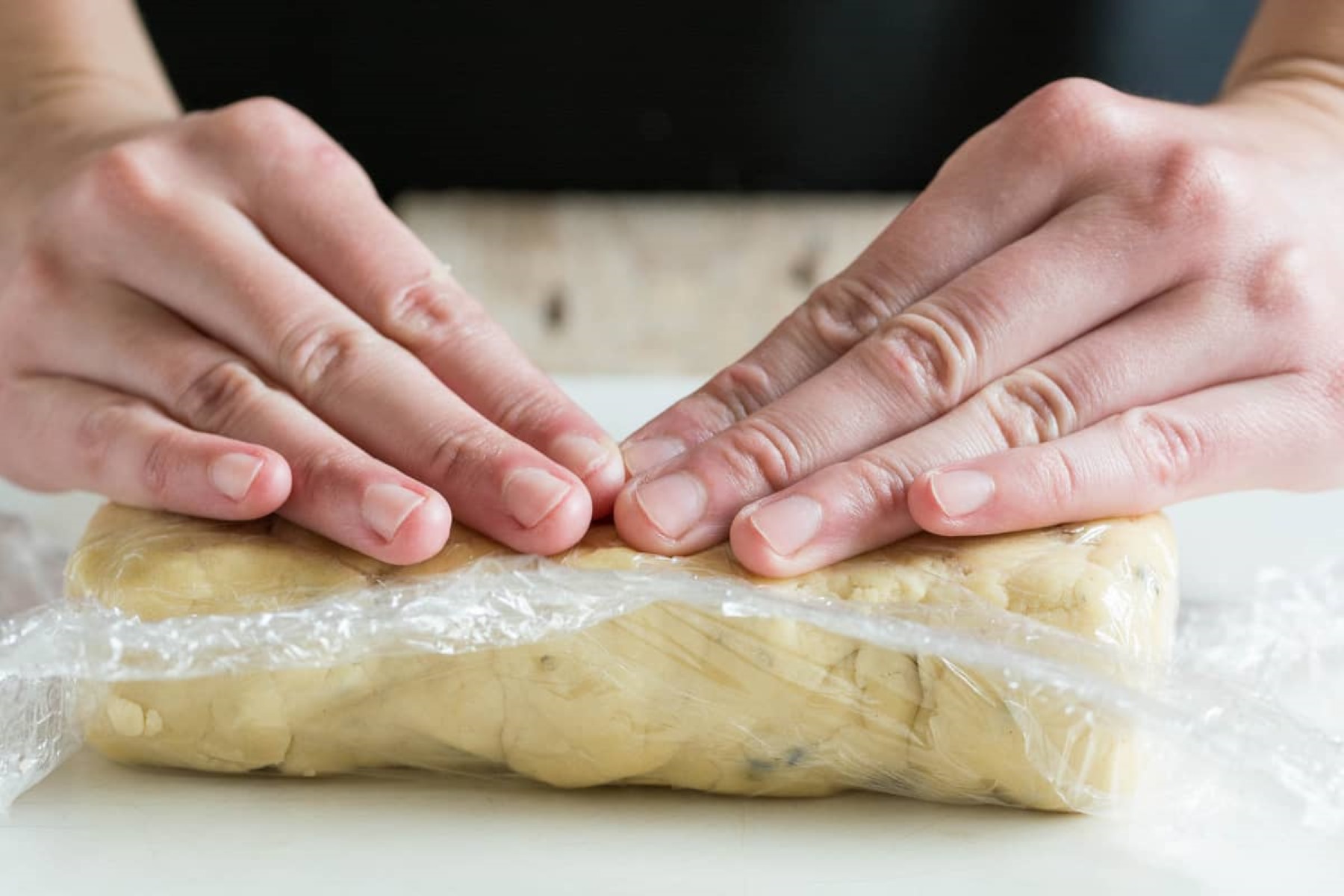
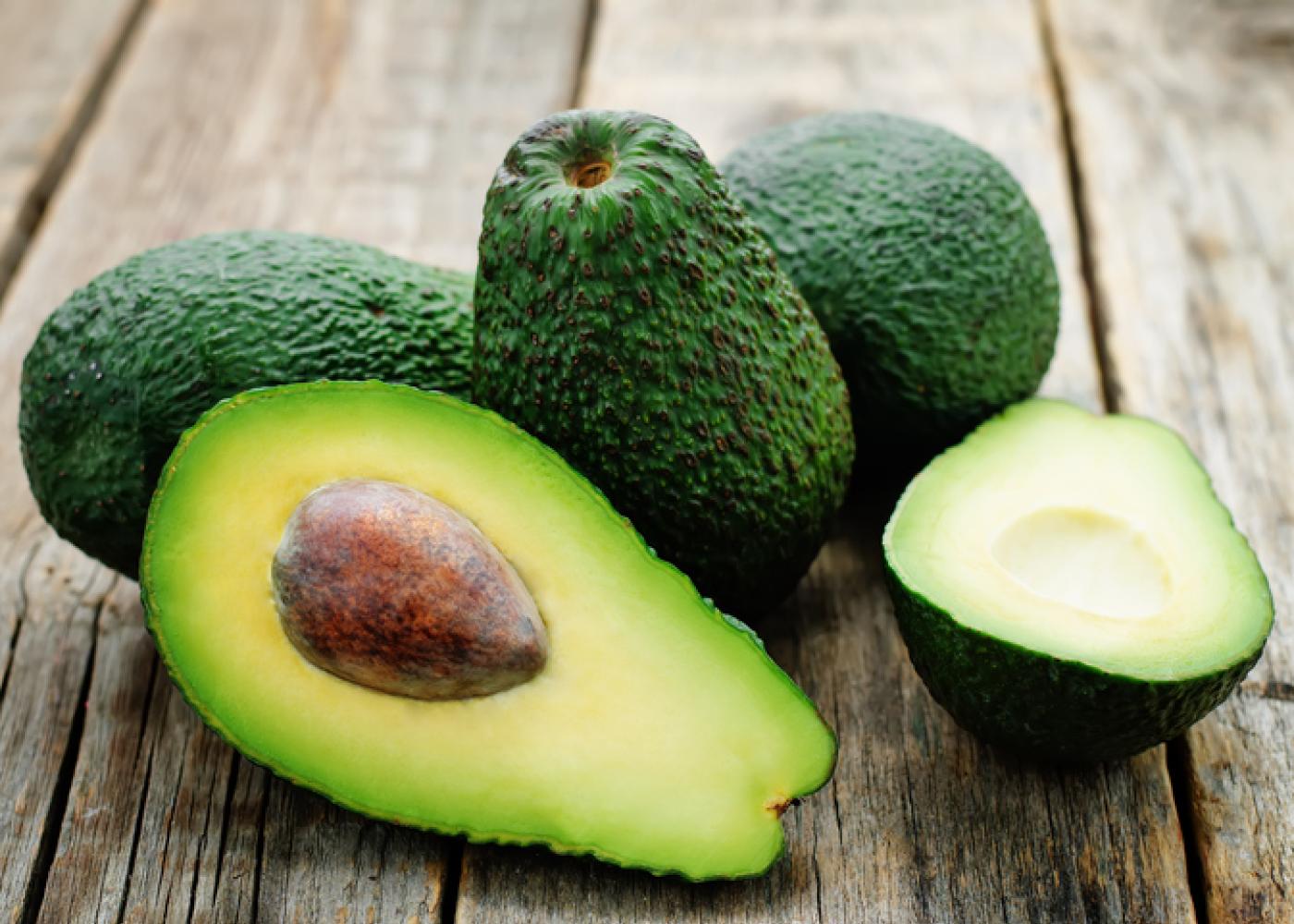
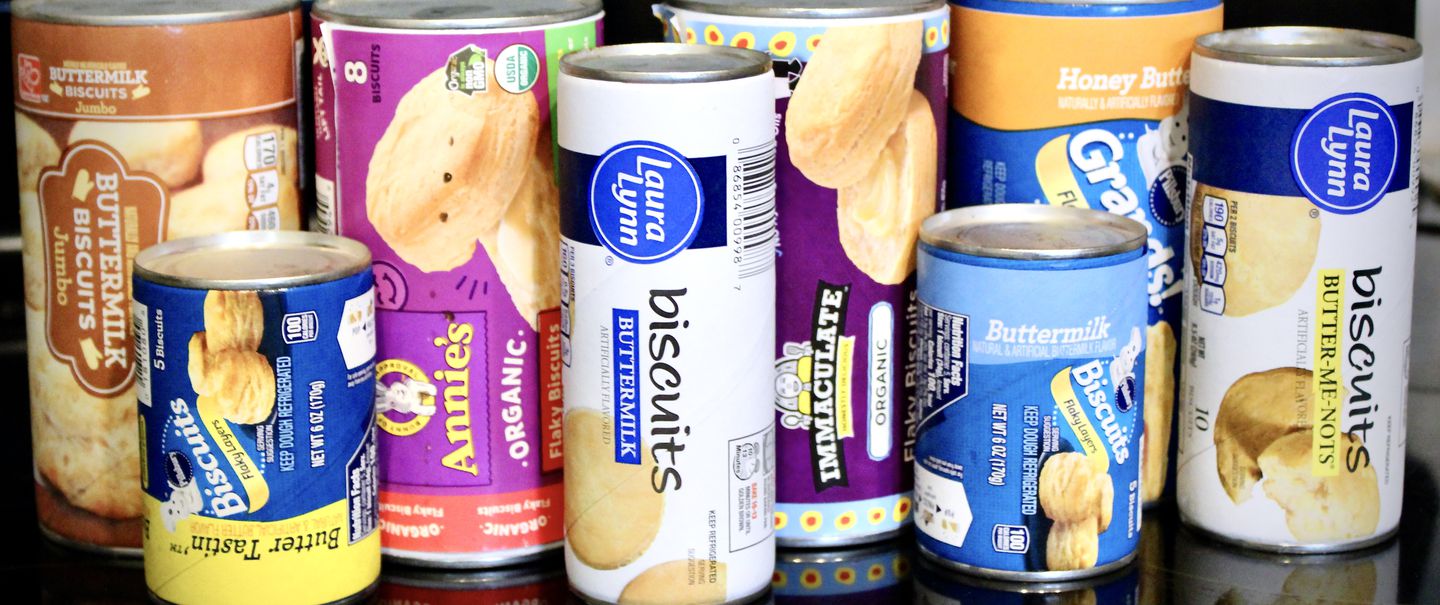
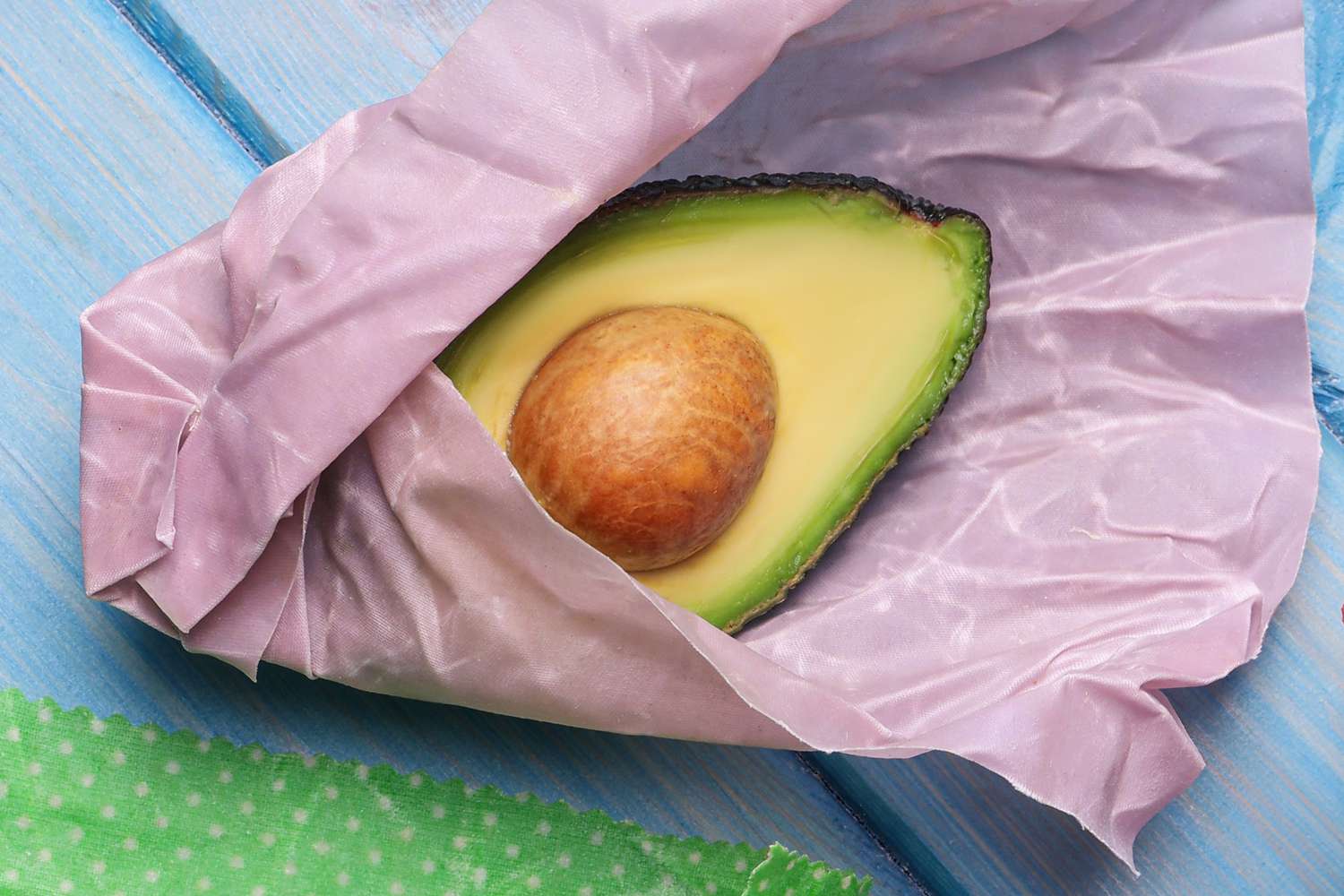
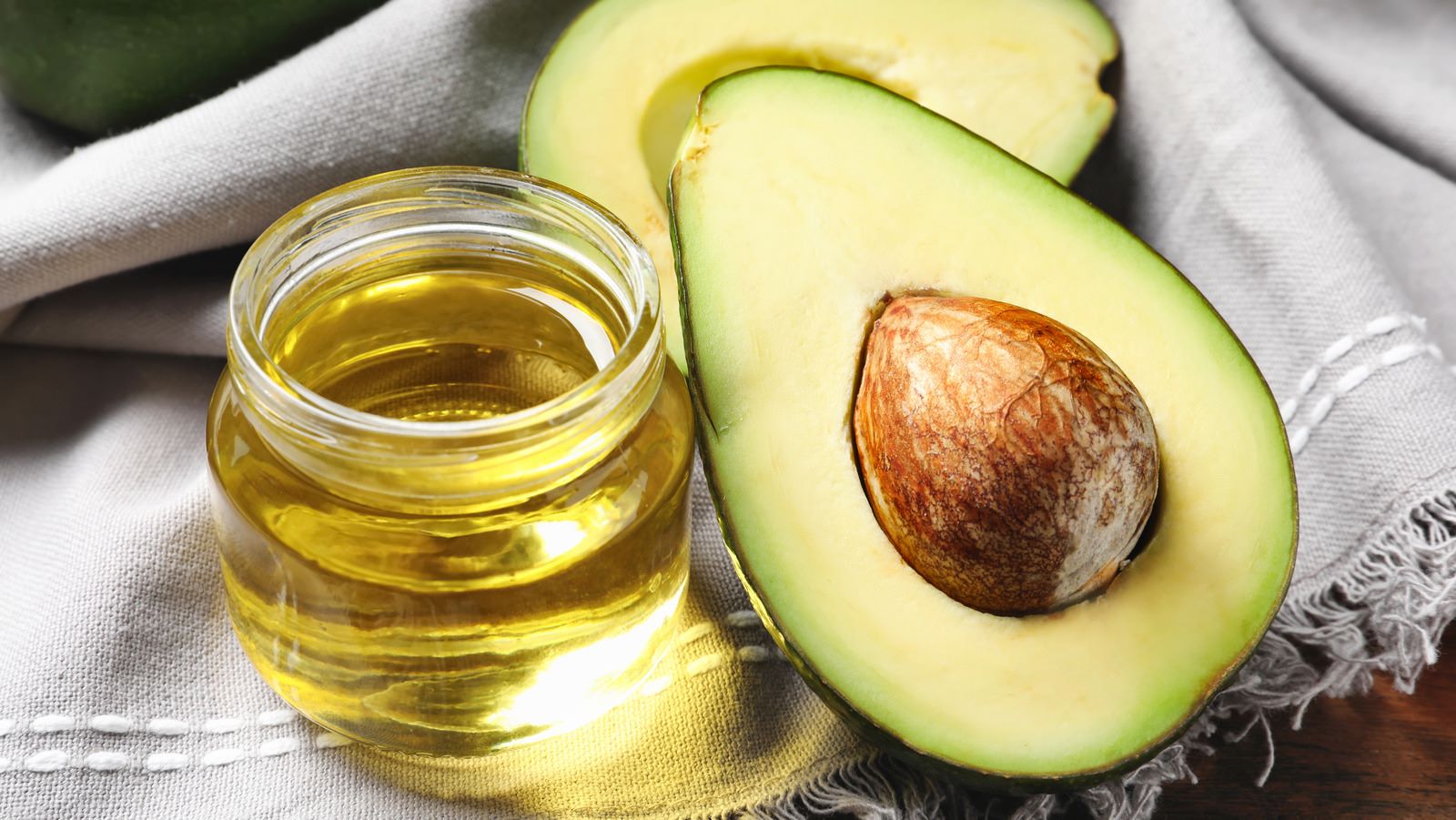
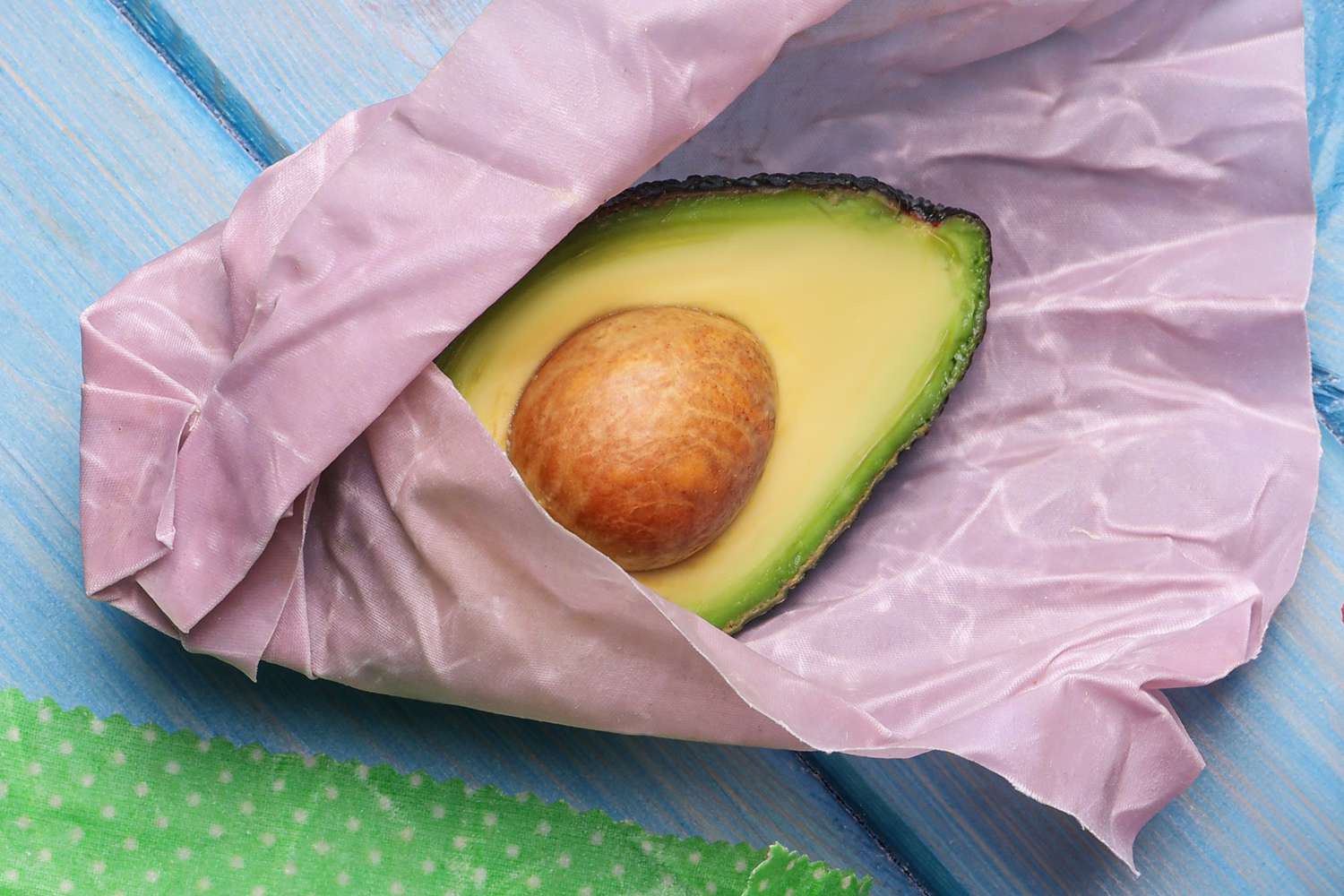
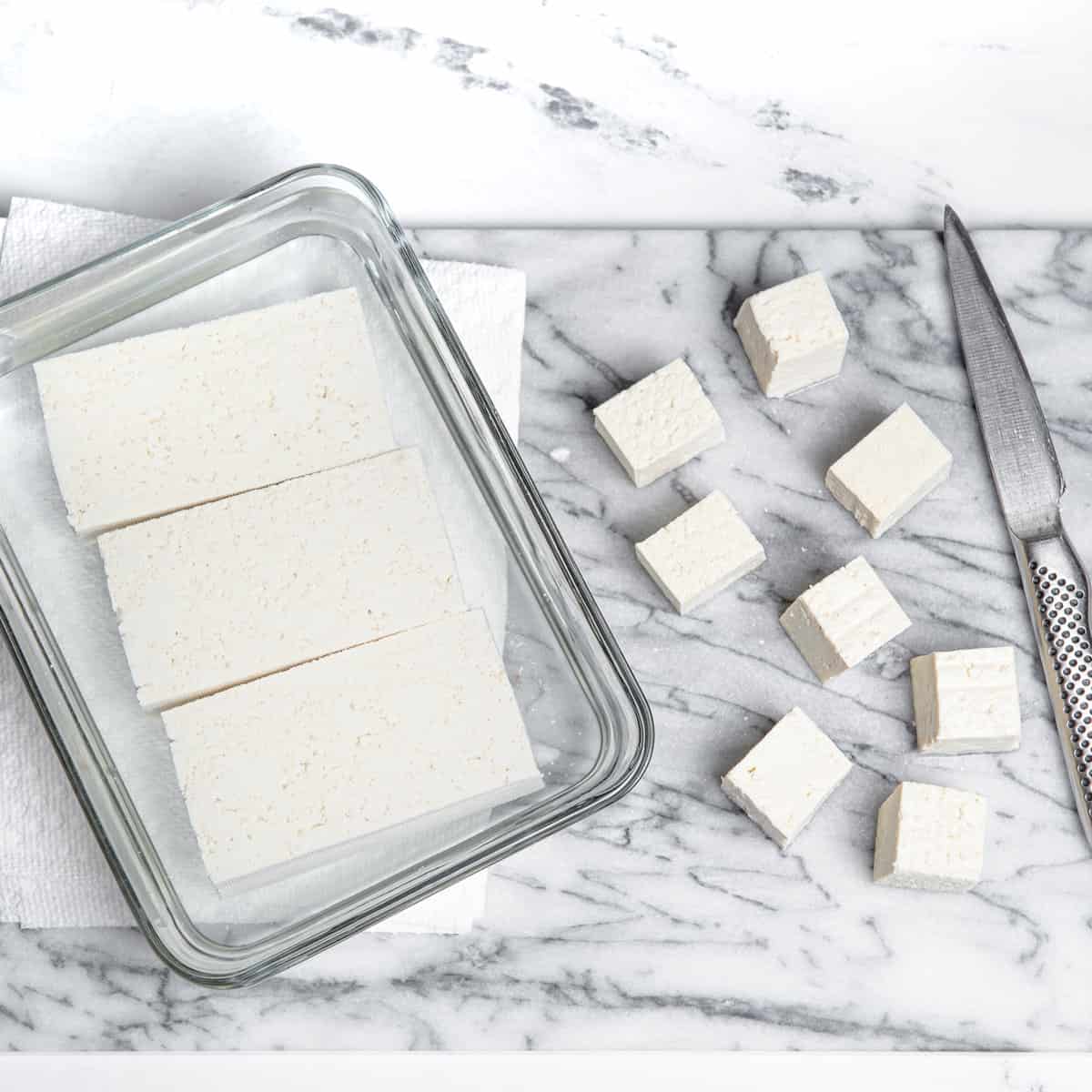
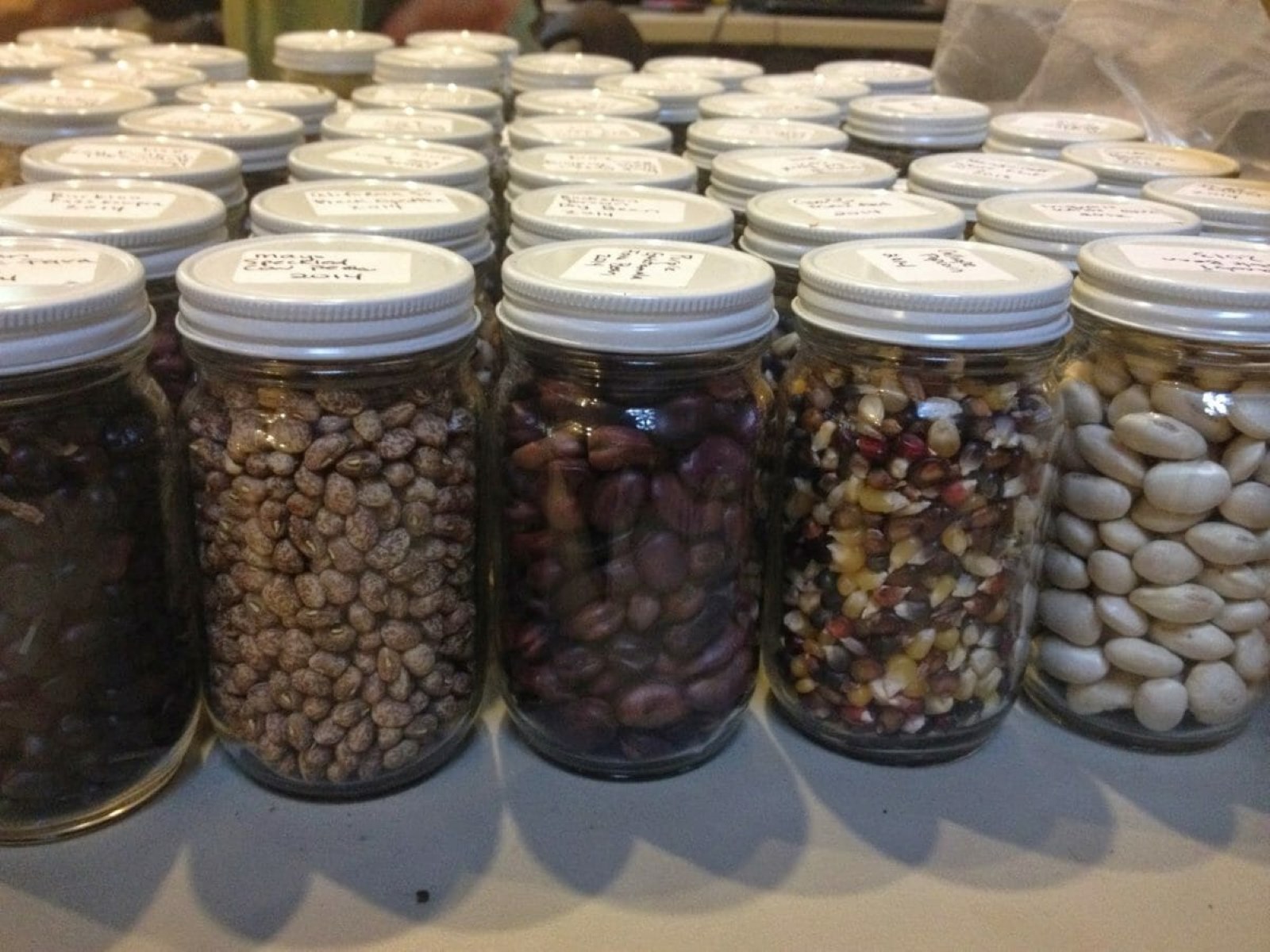
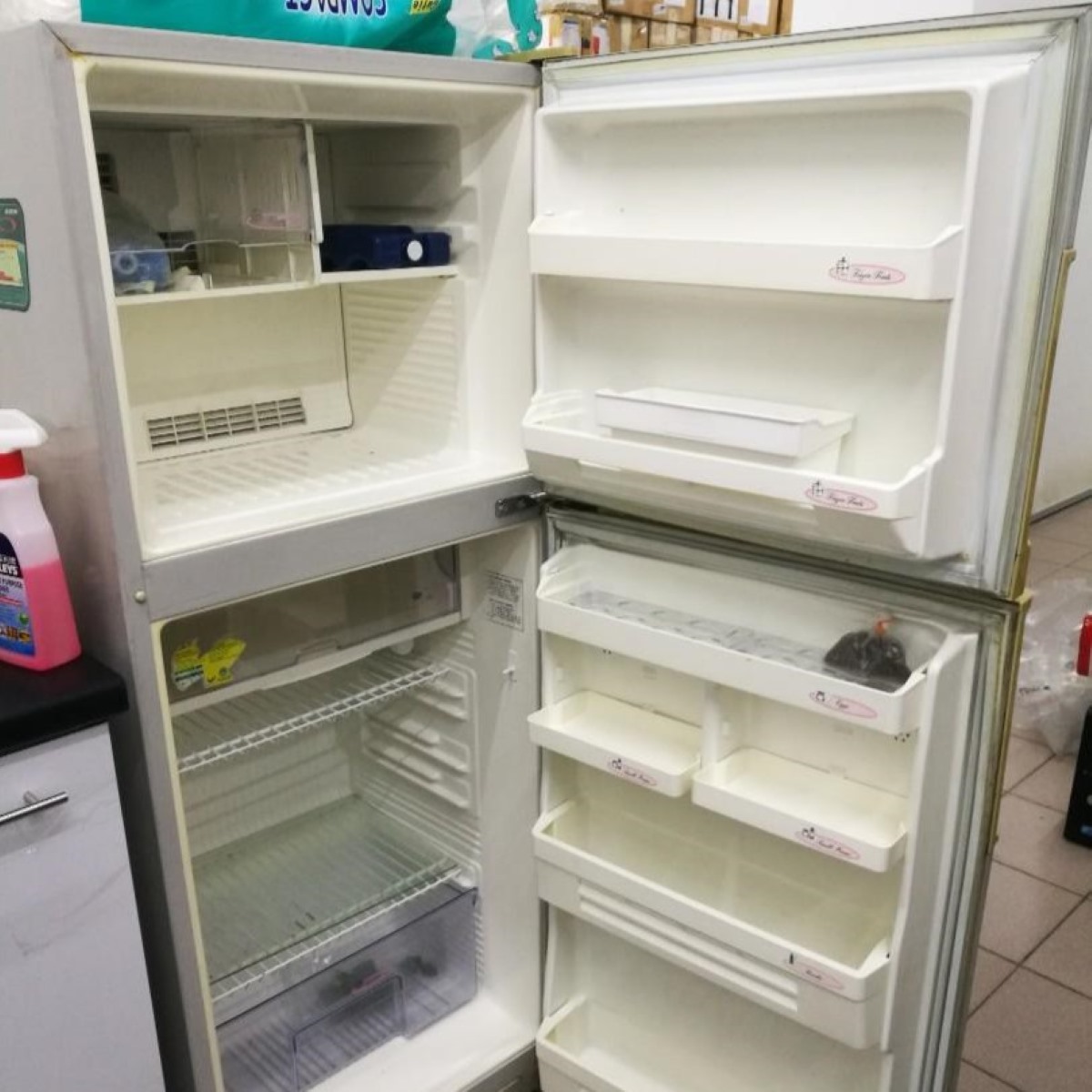
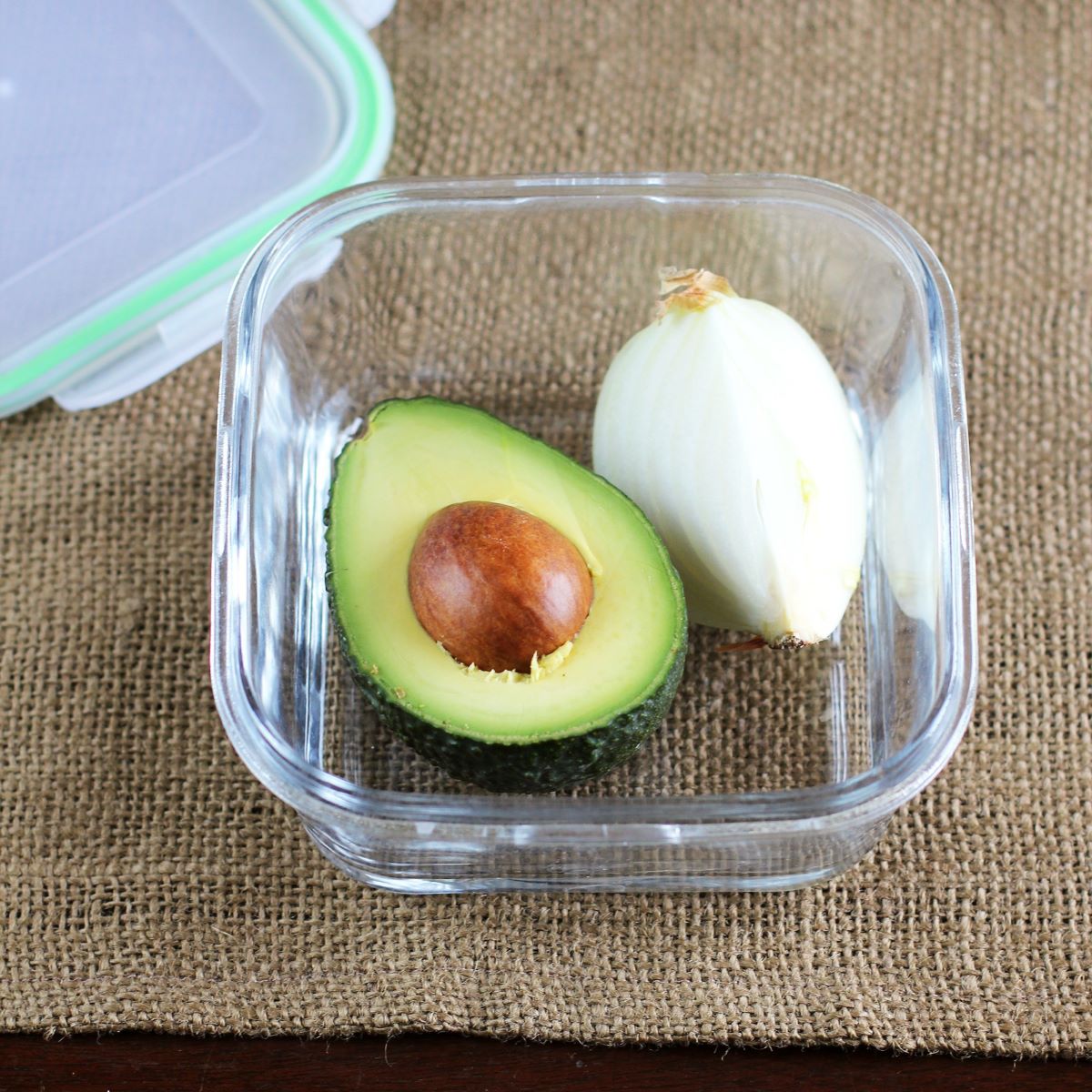

0 thoughts on “How To Store Unused Avocado”